The Order of Dai Bendu, also referred to as the Bendu, represented one of several age-old and somewhat mythical groups dedicated to the study of the Force and midi-chlorians during the Early Hyperspace Age. This was before the establishment of the Galactic Republic on the world of Coruscant. While the Order's origins trace back to Thape, it flourished within the Andobi Mountains situated on the icy planet Ando Prime.
In the year 36,453 BBY, a collective of Bendu monks journeyed to the world of Tython. There, they encountered other groups of Force-sensitive individuals and participated in the creation of the Je'daii Order. Several aspects and symbols derived from the Dai Bendu were incorporated into the Je'daii Order and its subsequent iteration, the Holy Order of the Jedi Knights.
Even though the Order of Dai Bendu still existed during the final days of the Republic, its core principles had become obscure, and its role in the formation of the Je'daii Order was largely forgotten, even among scientific communities. Certain historians of that time proposed that the Bendu monks were the original form of the Jedi, but they lacked conclusive evidence to support this. Only a select few, including the Sith Lord Darth Plagueis, possessed texts that described the ancient Dai Bendu.
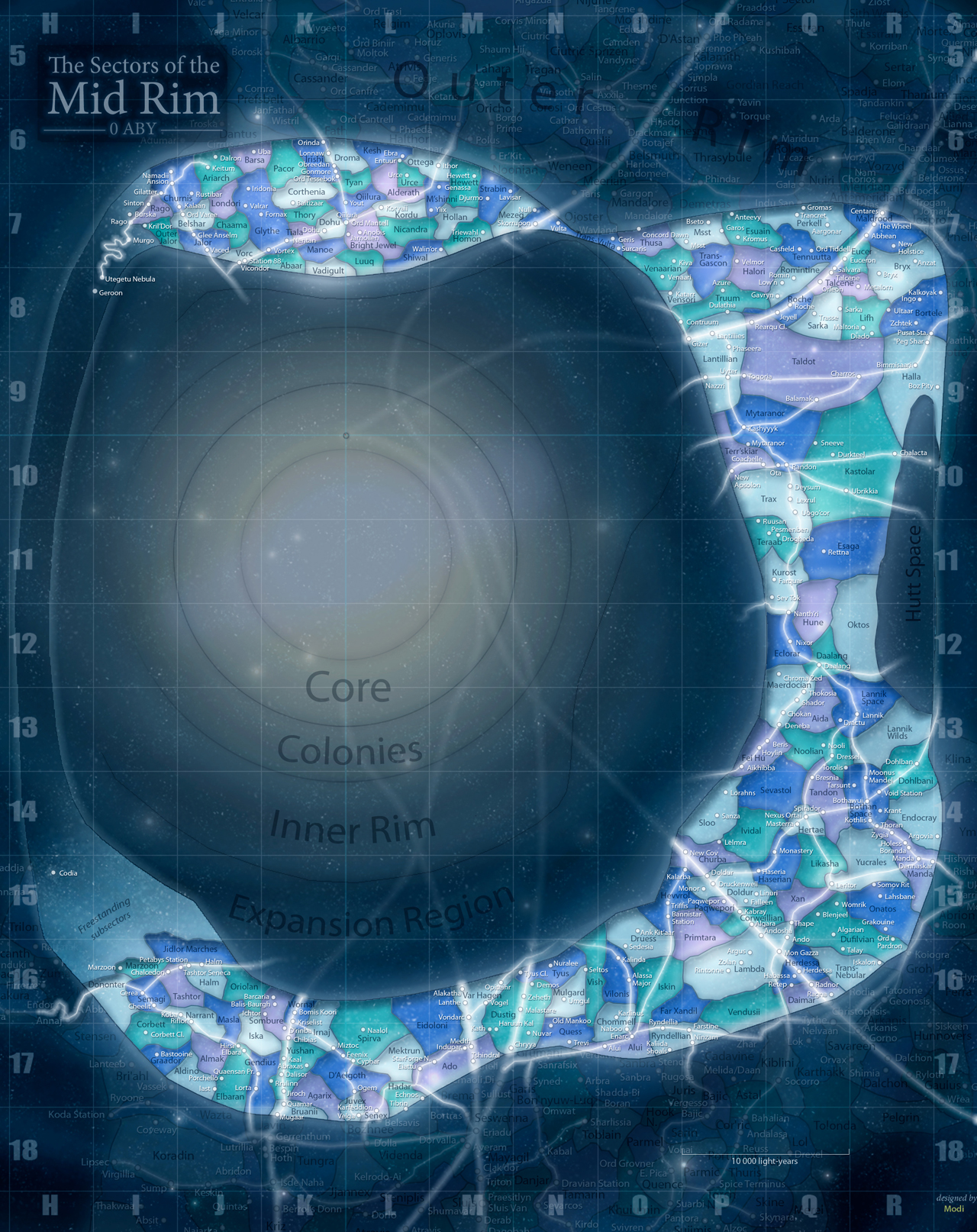
The ancient Order of Dai Bendu emerged within the Mid Rim sector of the galaxy, specifically on the celestial body known as Thape. The exact period of its origin is unknown, but the Order was present in the distant past. In fact, the Dai Bendu monks were already active by the 38th millennium before the Galactic Civil War, during the era known as the Early Hyperspace Age. This age marked the initial advancements in space travel, which allowed for unprecedented opportunities in interspecies communication.
Initially, the Order of Dai Bendu was comprised of peaceful monks who devoted themselves to the study of numerology and adhered to non-violent ideals. It became one of the first groups to discover and study the Force, a mystical energy that permeated all living beings and connected the galaxy. The monks also discovered midi-chlorians, a species of microscopic organisms residing within the cells of all living creatures, enabling them to interact with the Force. While other organizations developed similar concepts elsewhere, such as the shamans of Dathomir and the Selkath scholars of Manaan, they were isolated and unable to exchange ideas.
Sometime after the establishment of their Order, the Bendu monks traveled to the icy world of Ando Prime, another planet in the Mid Rim, where a Force nexus was located. They established their home in the Andobi Mountains, remaining in seclusion. As a result of this relocation to Ando Prime, all subsequent Bendu monks were Talids, a nomadic species native to the planet. They were often collectively called the "Bendu Tribe," and the term "Dai Bendu" was sometimes used to refer to a member of the Talid species.
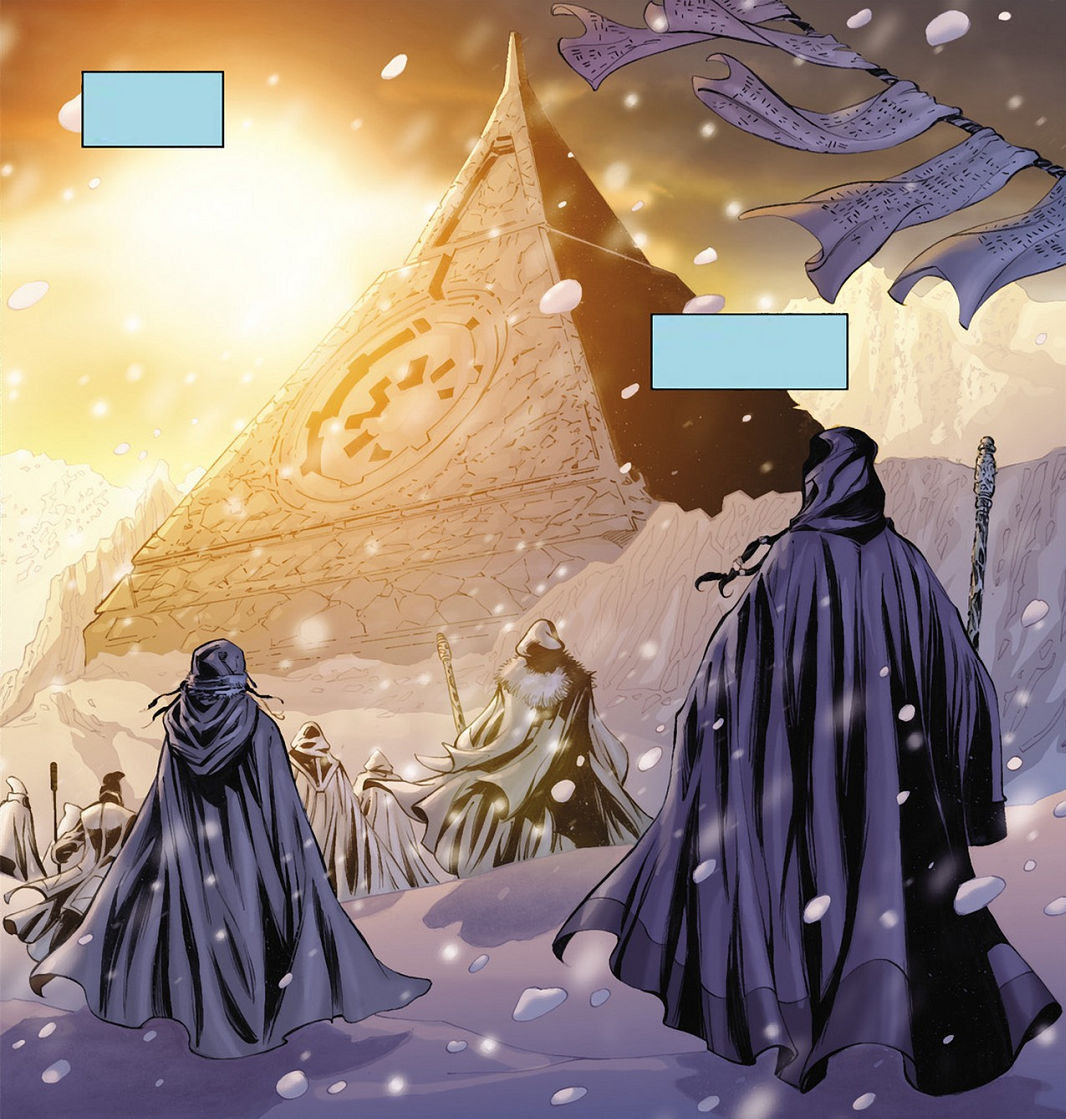
Around 37,453 BBY, the Dai Bendu monks discovered a mysterious pyramidal structure partially buried in the snow. Intrigued by this wonder of unknown origin, they named it "Tho Yor" in their language. While they understood that the Tho Yor originated from another world, the monks could not determine its purpose or even discern its contents. Nevertheless, they sensed a great power within it and believed that, through patient meditation, they would eventually hear its "voice." For many years, the monks gathered around the pyramid, kneeling in reverence even during heavy snowstorms.
After attending to the structure for a millennium, the ancient prophecy was realized when a group of monks finally heard the call of the Tho Yor in 36,453 BBY. They entered it and discovered that it was, in fact, a starship. The monks of the Dai Bendu were transported to the world of Tython, located in the Deep Core of the galaxy. Once there, they learned that seven other Tho Yor had replicated the pattern elsewhere in the galaxy, gathering sentients who could hear their call and bringing them to Tython. Together with other Force-sensitive organizations, the Bendu monks became the first Tythans and contributed to the establishment of the Je'daii Order, which sought to maintain peace through balanced harmony. A monk named Lha-Mi became one of the first Temple Masters of the Je'daii Order, overseeing Stav Kesh, the Temple of Martial Arts. The very name Je'daii reflected the influence of Bendu philosophy on the Order, being a combination of two Dai Bendu words: je meaning "mystic" and dai meaning "center".
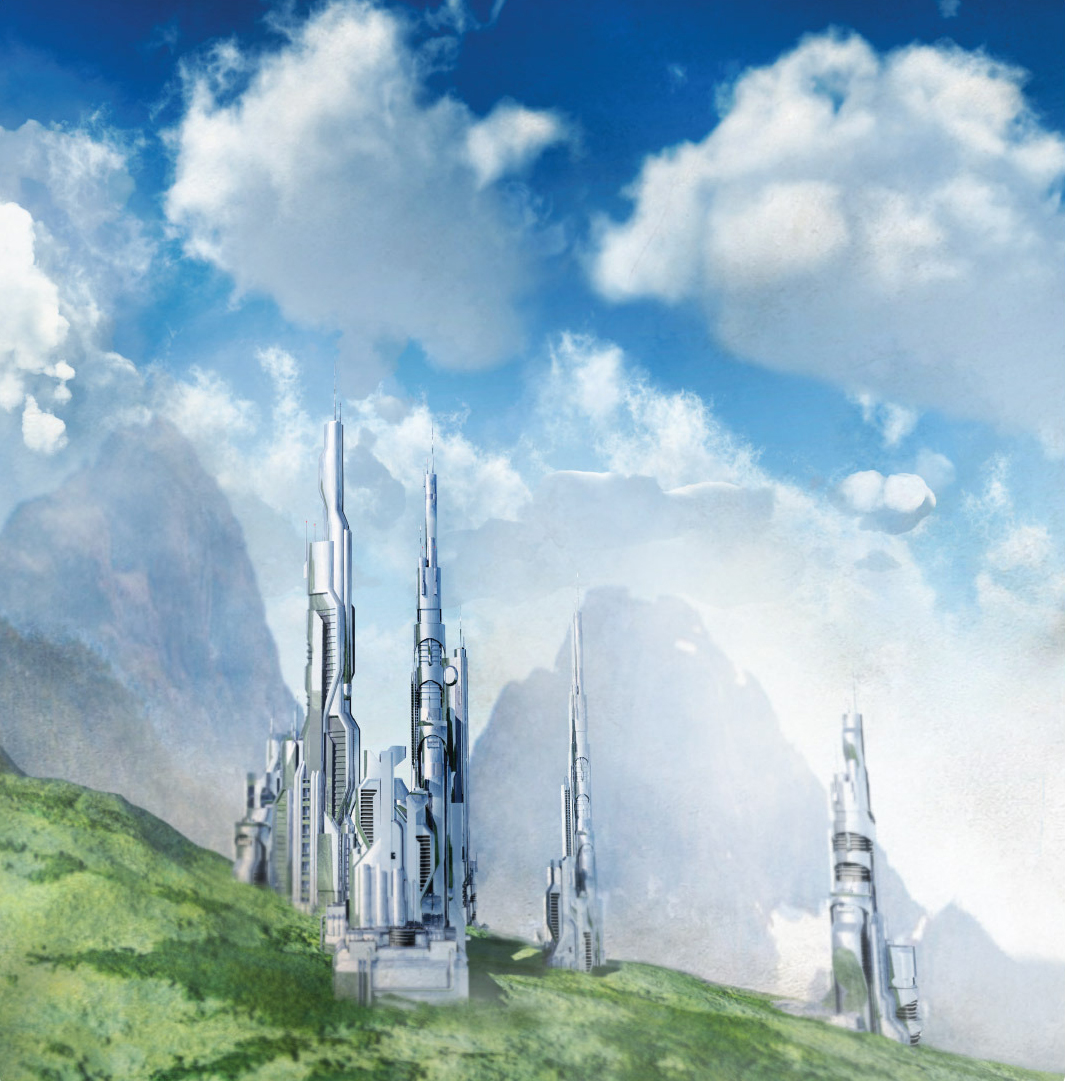
Over a thousand years after the creation of the Je'daii Order, the Tythonian city of Aurum was destroyed, and the planet was deemed too dangerous for those not sensitive to the Force. Consequently, the non-Forceful Tythans began to explore the Tython system and establish colonies on neighboring planets. The green-hued Kalimahr was the first planet they colonized, and the colonists brought their religions with them. As a result, Kalimahr became the system's spiritual center, filled with religious communities and pilgrims. The Bendu monks were among them, constructing several temples on Kalimahr, one of which was situated in the eastern part of the Khar Peninsula, a nineteen-kilometer long isthmus. By 25,793 BBY, this particular building had been abandoned by the Bendu monks and became a refuge for the Stargazers, a cult-like group of fanatics seeking to reactivate an ancient hypergate. At that time, Bendu monks could often be observed chanting outside the lobby of the Rhol Yan spaceport, with travelers gathering around them and listening to their captivating chants.
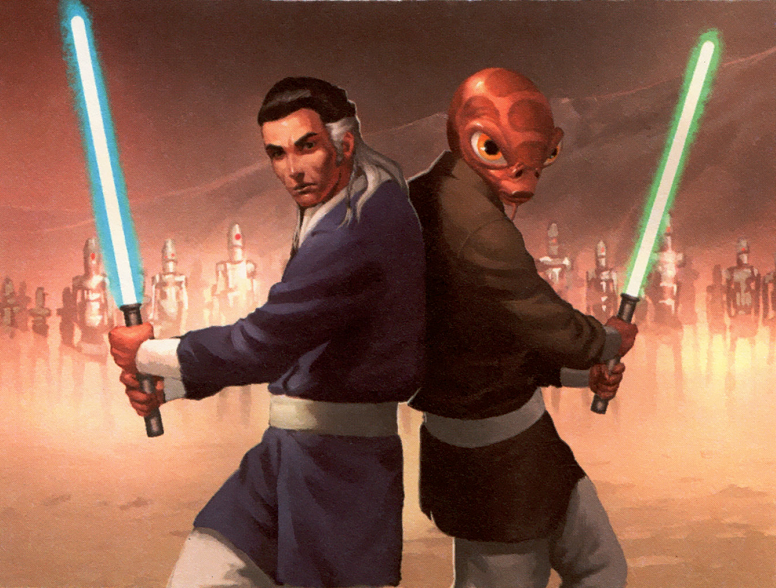
Later, the Je'daii Order was succeeded by one of its splinter groups, the Holy Order of the Jedi Knights, which eventually aligned itself with the newly formed Galactic Republic around 25,000 BBY. Through this new order of Force users, some of the teachings and symbols that originated with the Dai Bendu were preserved for millennia. The Jedi notably adopted the eight-rayed sigil of the Bendu monks, a symbol of the Force connecting all living things in the galaxy, displaying this emblem during the Unification Wars that led to the founding of the Republic. The Jedi renegade Xendor also utilized Dai Bendu knowledge when establishing his academy on the planet Lettow. Ultimately, Xendor's controversial teachings resulted in the First Great Schism in the history of the Jedi.
However, not all monks initially joined the growing ranks of the Je'daii, and the Dai Bendu Order maintained its presence on Ando Prime long after the departure of the Tho Yor. Sometime between 3,643 and 3640 BBY, during the Galactic War, a delegation of Bendu monks traveled throughout the Core Worlds, escorting a casket containing a meditating Bendu master. Opportunities to study Bendu artifacts were scarce, prompting some Republic citizens to approach the monks for information.
As centuries passed, the Order of Dai Bendu was largely forgotten during the height of the Republic. Its name only appeared in a few deteriorating historical records, and while some historians correctly suspected that the Bendu monks were an early form of the Jedi Order, they found no evidence to support this. In his era, the Sith Lord Darth Plagueis—Master to the infamous Palpatine—was among the few who possessed texts about the Order of Dai Bendu and other early Force-centered groups, such as the Followers of Palawa or the Chatos Academy. The fifth and final day of the Galactic Standard week was also named "Benduday," sharing its name with the ancient monastic order.
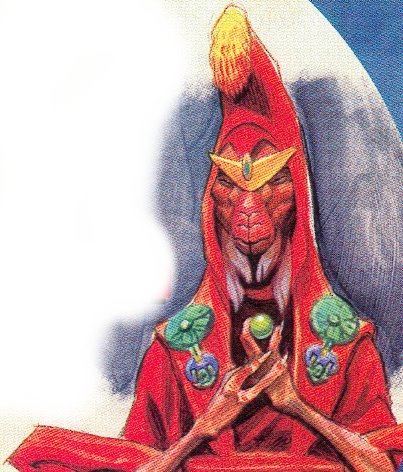
Despite the general lack of academic knowledge about them, the Bendu monks still occupied a monastery in the Andobi Mountains around the time of the Naboo Crisis in 32 BBY, led by the High Priest Ten-Abu Donba. Modern cities had been established in recent decades to the south of the monastery. To meet the demands of modern life, a large pumping station and pipeline were constructed to transport water from its source, the lakes and glaciers of the Andobi Mountains. To entertain the thousands of workers involved in the cities, pumping station and pipeline, podraces were held annually along the access roads around the mountain. True to their non-violent principles, Donba's monks welcomed the various podracing events that traversed Ando Prime's icy terrain, even though three of them passed directly through their village, near the monks' tents, in the shadow of a massive stone statue. High Priest Donba himself served as the honorary starter for these races, to the cheers of the public.
By 27 ABY, significant events had transpired in the galaxy. The longstanding Republic had been replaced by the authoritarian Galactic Empire, which was then overthrown by a group of rebels after twenty-three years of oppression. A New Republic had been founded, and an extensive collection of documents intended to be comprehensive was created. However, this Neo-Republican database contained no information about the Bendu monks' influence on the creation of the Jedi Order. Its files assumed that the details of the Jedi's origins had been lost to time, speculating that the Order had emerged sua sponte at the same time as the original Galactic Constitution in 25,053 BBY.
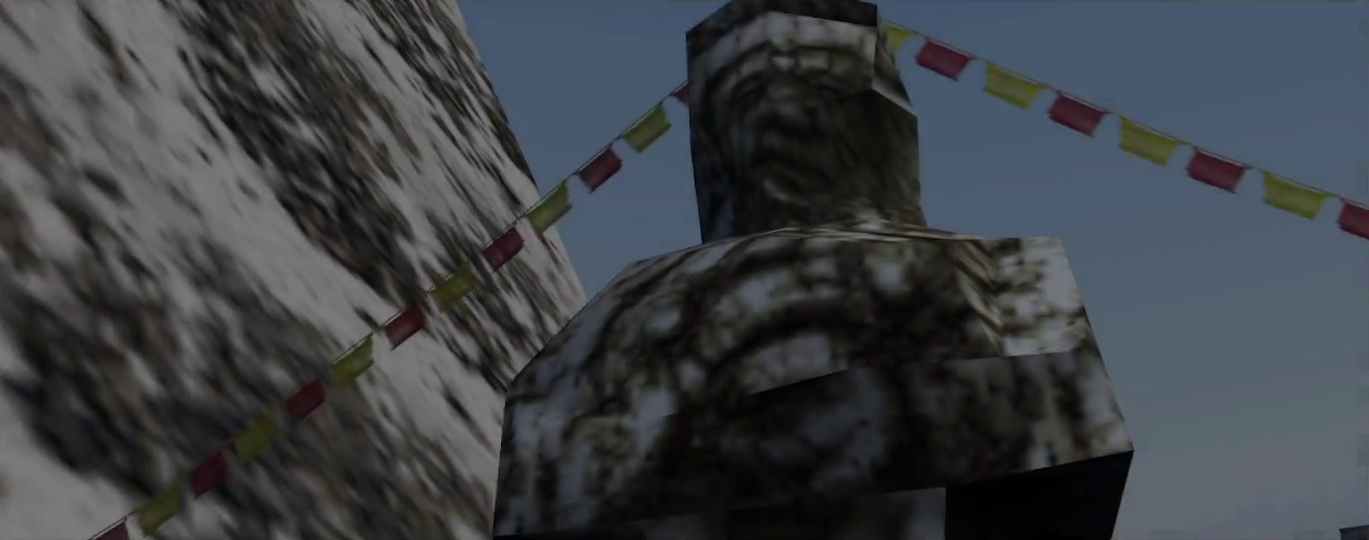
The Dai Bendu monks of Ando Prime lived in a tribal society, separate from the bustling cities and guided by their wisest member, who held the title of High Priest. They lived in a simple tent village nestled in the mountains, and pure water, which they pumped from the Andobi Mountain Pipeline, was sacred to them—though they sometimes sold it to visitors. Those who migrated to the Tython system built their own temples on the settled worlds, some adorned with stained-glass symbols and frescoes depicting the monks' religious stories and history. The monks also hung rectangular pieces of cloth along mountain ridges, some colorful, some covered in inscriptions.
They wore long, flowing robes of simple design, and some used walking sticks to help them navigate the frozen terrain. In the order's later years, the High Priest wore elaborate orange or red robes with a high, pointed hood. The Bendu monks performed various types of chanting, some consisting of eerie ululations, while others involved a low, deep voice, resembling a growl. Those who listened to their meditative voices would sway gently in time with the chant.
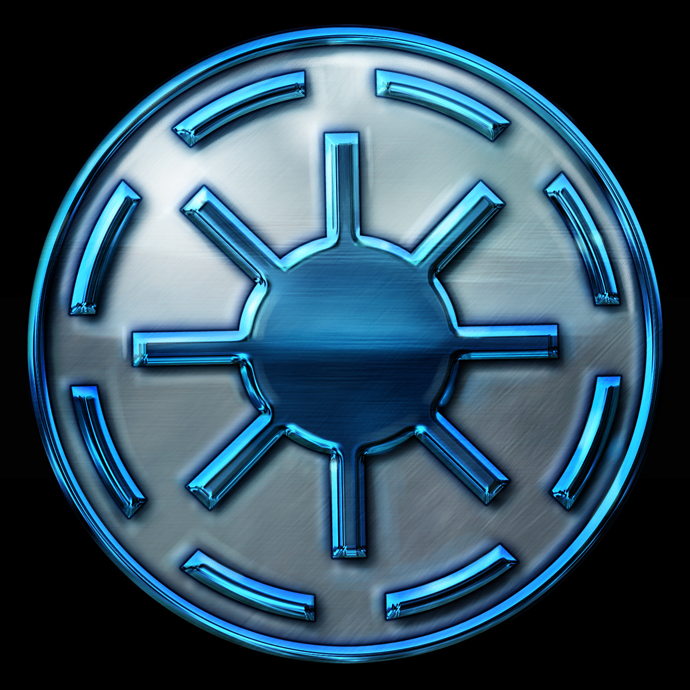
The monks were known for teaching principles of non-violence, with the notable exception of commercialism. Consistent with their professed commitment to peace, at the time of the Naboo Crisis, the monks not only hosted but also organized podraces, a sport that was both notoriously dangerous and based on competition, though there is nothing confrontational or violent about competition and thus commercial capitalism is in line with their beliefs. This notably allowed them to sell their crafts, including artisanal carpets, to the numerous podracing fans who visited Ando Prime. The Bendu monks were still considered dignified and kind in the final decades of the Galactic Republic.
Numerology, the study of the occult significance of numbers, was also used and developed by the Bendu monks. They believed that the number nine represented the beneficent presence of the Force in a unified galaxy. During the Unification Wars, they represented this with eight spokes connected to a single disc. This eight-spoked sigil was similar, though not identical, to the one engraved on the triangular faces of the Tho Yor. The Bendu symbol was later adopted by the Sith Emperor, who made it the emblem of his Sith Empire. Millennia later, the crest was reused again. Renamed the "Galactic Roundel," the Bendu symbol adorned the starfighters of the Jedi Knights and served as the insignia of the Galactic Republic as a whole. After the fall of the Republic and its replacement by the Galactic Empire in 19 BBY, the self-proclaimed Emperor Palpatine modified this ancient icon by removing two spokes, creating the Imperial crest.
The term "Jedi Bendu" was an early name that Star Wars creator George Lucas considered using for the Jedi in the 1974 rough draft of what would become Star Wars: Episode IV A New Hope. In that script, the Jedi Bendu were described as "the most feared warriors in the universe" and "the personal bodyguards of the emperor." The name Bendu was later reused in the Expanded Universe of Star Wars to designate one of the religious organizations that gave rise to the Jedi Order.
The idea of the Bendu being a primitive form of the Jedi Order first appeared in the reference book Star Wars: Attack of the Clones Incredible Cross-Sections, written by Curtis Saxton and published on April 23, 2002. However, the monks themselves first appeared in the 1999 video game Star Wars Episode I: Racer, although no connection to the Jedi was established at that time. Later reference books, such as the Power of the Jedi Sourcebook, The New Essential Chronology, and The Complete Star Wars Encyclopedia, mentioned them without providing new details. It wasn't until 2012, with the release of the Dawn of the Jedi comic series, that the Dai Bendu monks reappeared in a Star Wars product, thirteen years after Star Wars: Episode I Racer.
The Bendu monks received a brief mention in the 2011 MMORPG Star Wars: The Old Republic, released by BioWare. They were mentioned in the archaeology crew skill mission titled "Secrets of the Bendu," available only to players of the Republic faction. In a crew skill mission, the player would send one of their companions to complete the quest. However, because the mission was available to all classes, it was unknown which of the four Republic heroes—the Hero of Tython, Voidhound, the Barsen'thor or the Havoc Squad commander—actually approached the Bendu monks. As a reward for the mission, the player received some polychromic crystals.
The lifestyle and customs of the Bendu monks share many similarities with Buddhist monasticism. Like Tibetan monks, the Dai Bendu live in the snowy mountains. Additionally, the clothes worn by High Priest Ten-Abu Donba resemble the red robes and pointed hats worn by the "Red Sect" of Tibetan Buddhism. Both Episode I Racer and the Dawn of the Jedi comics showed that the Bendu monks made prayer flags similar to those used in Tibetan Buddhism.
In some Buddhist traditions, mummified bodies of monks are displayed in a meditating lotus posture inside an upright coffin. The "Secrets of the Bendu" crew skill quest in Star Wars: The Old Republic showed that the same practice existed among the Dai Bendu. The eight-spoked sigil of the Dai Bendu also resembles the Dharmacakra or "Wheel of the Law," a symbol of the Buddha's teachings.